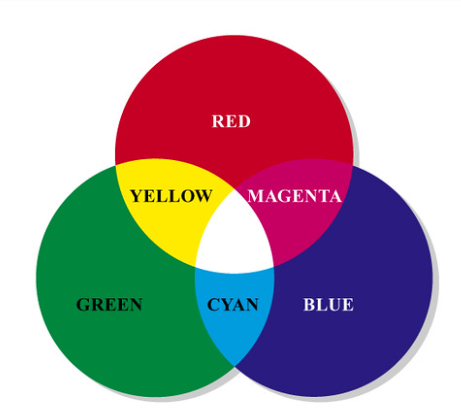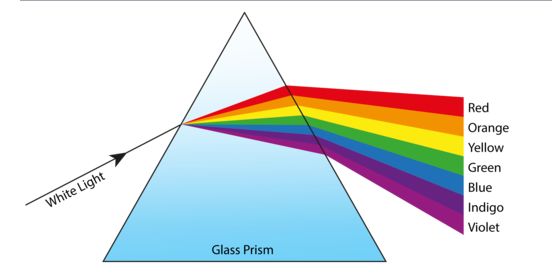White Light- Spectrum, FAQs
In this article we are going to learn about what is white light, what is spectrum of white light, wavelength of white light, white light effect and white light colours.

What is light?
Light is a form of energy .Light reflects on an object which helps to view the object .
What is white light?
White light is the combination of all the colours of visible spectrum with equal intensity. All the colours of spectrums are equally distributed.
Also read -
- NCERT Solutions for Class 11 Physics
- NCERT Solutions for Class 12 Physics
- NCERT Solutions for All Subjects
What is white light spectrum?
White light is the combination of seven visible spectrum colours. Visible light is alsodefi white light. The components of white light/light white are violet, blue, green, yellow, cyan, orange, and red .
white light image can be represented as follows:

A colourless daylight is nothing but white light. Light is an electromagnetic wave. All the frequencies of the visible range spectrum show electromagnetic radiation. Sunlight is an example of white light. This visible light appears as white light in the human eye .
Related Topics Link, |
Newton’s wheel or disc:
According to Newton’s wheel in physics , different colours in a rotating disc appears as white as the wheel rotates . According to Newton the white light colors will be primary colours like, Violet , indigo ,blue ,green , orange ,red.
 Newton’s wheel
Newton’s wheel
By newton’s wheel experiment we can practically prove that white colour have primary constituent colours.
Also Read:
- NCERT solutions for Class 12 Physics Chapter 8 Electromagnetic Waves
- NCERT Exemplar Class 12 Physics Solutions Chapter 8 Electromagnetic Waves
- NCERT notes Class 12 Physics Chapter 8 Electromagnetic Waves
Prism:
Prism also breaks the white light in its constituent colour lights. Though the different colour light have different frequencies and wavelengths, when white light goes through a prism it breaks the white light in the constituent colours .

Wavelength of red light is the largest and violet light wavelength is the shortest.
The visible light wavelength range for a human eye is 380 nm – 760 nm. The lights having higher or lower value are not visible to the human eye.
All these are mentioned in the white light spectrum worksheet answers/white light test.
Also check-
- NCERT Exemplar Class 11th Physics Solutions
- NCERT Exemplar Class 12th Physics Solutions
- NCERT Exemplar Solutions for All Subjects
NCERT Physics Notes:
Frequently Asked Questions (FAQs)
White light consists of seven lights of distinct colours. They all have different frequencies.
The white light is composed of/white light is made up of seven basic colours such as, violet , blue , green, yellow, cyan, orange, and red.
White light energy is a form of light energy.